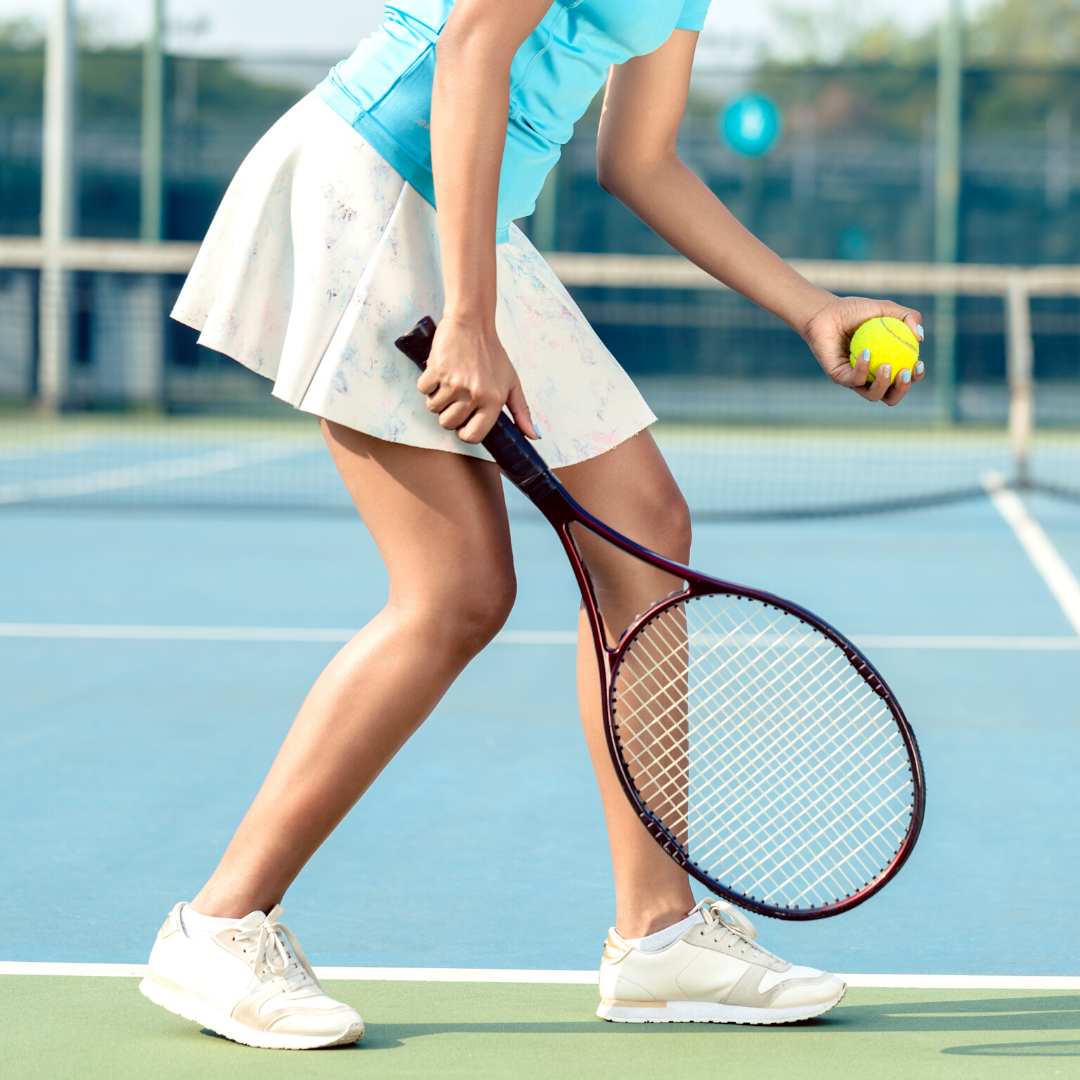Dead Arms in Pitchers
Dead Arm Syndrome can be related to any of the bones or soft tissues in the shoulder joint, but it usually involves the rotator cuff tendons or the labrum.
Pain during the throwing motion that results in decreased velocity is commonly referred to as “Dead Arm Syndrome.” It can be related to any of the bones or soft tissues in the shoulder joint, but it usually involves the rotator cuff tendons or the labrum.
The rotator cuff is a group of 4 muscles but the one most commonly injured is the supraspinatus tendon. The labrum is a cartilaginous structure that surrounds the shoulder socket (or glenoid). It functions like the bumber around a pool table to prevent the shoulder from dislocating.
According to Josh Dines MD, a team physician for the LI Ducks Baseball Team “The throwing motion creates angular velocities of up to 7200/second. Both the labrum and rotator cuff work extremely hard during this motion to stabilize the arm and dissipate the forces generated. An injury to either structure can make it difficult to throw.”
These injuries result from a myriad etiologies including compensatory anatomic anomalies that develop in the shoulders of throwers to the repetitive microtrauma caused by years of throwing baseballs. The end results are injuries that can range from minor strains or tendonitis to complete tears.
Players with these injuries may complain of decreased velocity when throwing, decreased control, inability to warm up, or pain when throwing. Oftentimes, these patients will have weakness on exam when we test their rotator cuff, and other provocative tests of the labrum can be positive.
Most of these patients won’t have any abnormalities on standard X-rays, so MRIs are used to confirm the diagnosis. Interestingly, several MRI studies have shown that a large percentage of asymptomatic throwers will have varying degrees of labral and rotator cuff pathology. These findings justify the judicious use of non-operative modalities to try to get symptomatic patients better before subjecting them to surgery.
Strains are clearly less severe than tears but can still result in significant time missed. Some players get back in a few days; for others it can take weeks. Initial treatment is rest with progressive stretching and strengthening of the shoulder. Any abnormalities with regards to throwing mechanics are addressed and weak links at other places in the kinetic chain of throwing are taken care of as well. These may include lower extremity or core weakness or range of motion deficits in the shoulder. Once the pain in the shoulder has subsided, players often progress through a structured interval throwing program until they are able to throw normally without pain. For players who fail to respond to conservative treatment, surgery is a viable option.
Surgery is done arthroscopically through small poke holes in the skin. Arthroscopy allows the surgeon to see and address all of the pathology that is present in a given thrower’s shoulder. According to Dines, “Early results from operative treatment were not great, which is why the term “labral tear” was so scary to atheletes, trainers, and agents. Over the last few years, however, results have improved. This is based on an improved understanding of the changes that occur in thrower’s shoulders combined with better instrumentation that makes the surgery technically less demanding. Equally as important with regard to the improved outcomes of patients with rotator cuff or labral pathology is a better understanding of the rehabilitation that is required after surgery.”
Now that we are a few months into the baseball season, it isn’t uncommon for players of all levels to start experiencing some shoulder pain. The good news is that with some rest and rehabilitation, most of those affected will get back to playing without missing much time.



